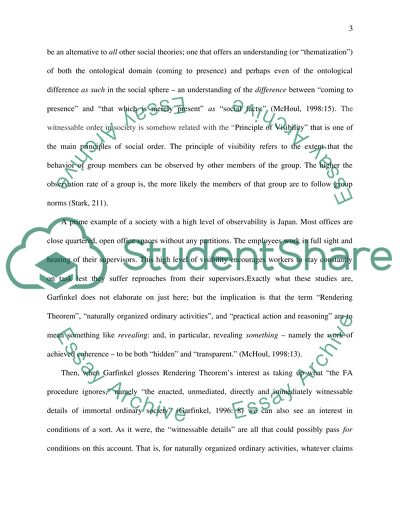Cite this document
(“Sociologies of the Witnessable and the Hidden Social Order Essay”, n.d.)
Retrieved from https://studentshare.org/sociology/1504893-sociologies-of-the-witnessable-and-the-hidden-social-order
Retrieved from https://studentshare.org/sociology/1504893-sociologies-of-the-witnessable-and-the-hidden-social-order
(Sociologies of the Witnessable and the Hidden Social Order Essay)
https://studentshare.org/sociology/1504893-sociologies-of-the-witnessable-and-the-hidden-social-order.
https://studentshare.org/sociology/1504893-sociologies-of-the-witnessable-and-the-hidden-social-order.
“Sociologies of the Witnessable and the Hidden Social Order Essay”, n.d. https://studentshare.org/sociology/1504893-sociologies-of-the-witnessable-and-the-hidden-social-order.


